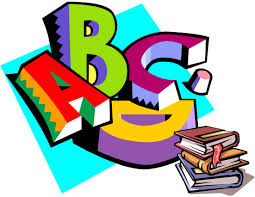How Languages Evolve: Explained in a Winning TED-Ed Animation

Language. It’s as adaptable as Darwin’s finches.
It’d be interesting to know how the Internet changes the game. Seems like it would go a long way toward democratizing the process by which lingo gets mingled.
Alex Gendler’s TED-Ed lesson, winningly animated by Igor Coric, rolls back the clock to a time when communal groups would subdivide and strike out on their own, usually in order to beef up the food supply.
This sort of geographic and temporal separation was bound to take a toll, linguistically. Evolution is need-based. Vocabulary and pronunciation eventually betray the specifics of the speaker’s surroundings, their circumstances and needs.
It takes some forensics to figure out how, or, even if, various languages relate to each other. A cunning linguist (forgive me) will also have the power to fill in historical gaps, by identifying words that have been borrowed from neighboring cultures, as well as more transient acquaintances.
As a little experiment, look at the way you talk! Those of us without royal blood or a stick up our heinies tend to speak a mongrel patois custom tailored by our own experience. A little bit of regionalism, some professional jargon, a few colorful words gleaned from life’s characters, lines from long ago entertainments deployed as if the references were fresh.
I’ll bet a linguist would have a field day with you, Bub.
Even if you’re the most straightforward conversationalist on the planet, the people who can’t understand a word you say would greatly outnumber those who can.
Maybe we should all “speak Mandarin,” as per the billboards I saw in Singapore on a post-collegiate trip. (As a Western backpacker in Birkenstocks and a wrap-around hippie skirt, I was exempt, leaving me plenty of time to worry about being caned for spitting gum on the sidewalk, a thing I’d never do, by the way.)
Back to the animated lesson, above. While I agree that political and national interests can be hugely influential with regard to language development, I’m not sure a pig is the wisest choice when depicting this linguistic phenomenon as an animal’s worth of re-zoned primal cuts, labelled a la the former Yugoslavia.
Pork is haraam, and treif, and ‘pig,’ in and of itself, is hardly a flattering epithet, a situation that’s sort of insulting to a naturally intelligent and fastidious beast.
I digress.
As does language, which explains why there could be as many as 8000 of them in use. A more conservative estimate puts the number at 3000. Not to alarm you, but if the number of people who speak your language is what the foodie hipsters of Brooklyn would refer to as “small batch,” there are linguists who would downgrade your tongue to mere dialect.
In which case, this list of obscene gestures from around the world might well come in handy.
 Follow
Follow